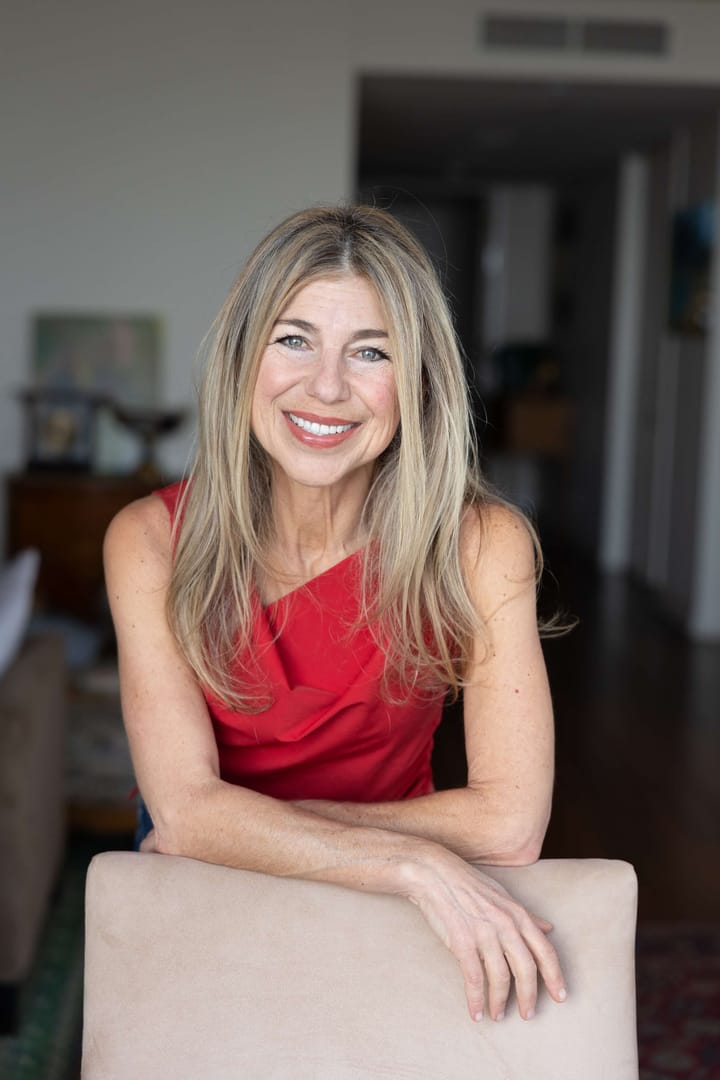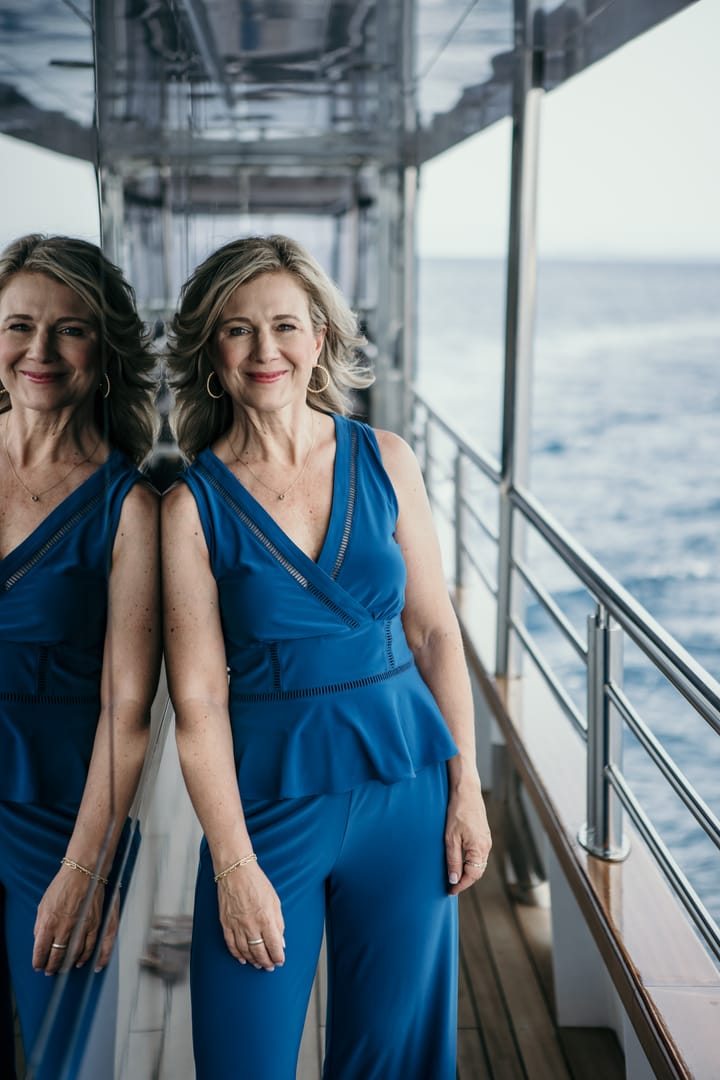Inside the boutique that shaped New York’s fashion scene
Charivari’s Ric Spencer on the store’s lasting influence, and what retailers can still learn from it

Before retail went digital, New York boutique Charivari built loyalty through instinct and connection—not algorithms. Former store manager Ric Spencer says those old-school lessons still matter.
In the 1980s and ’90s, Spencer helped celebrities and everyday shoppers alike discover avant-garde fashion at the influential store, learning the finer points of fit, fabric and service that would later guide his transition into costuming for TV and film.
Now, as he directs a documentary about Charivari’s legacy, Spencer reflects on the timeless retail fundamentals: empathy, driven hiring, genuine customer care and curated discovery, that still help independent retailers stand out in an age of automation and endless online choice.
—Interview by Marcy Medina, edited by Bianca Prieto
What did working in retail, particularly at Charivari, teach you?
Don't treat people like customers, treat them like people. When someone walks into your store, don’t pounce on them. Just talk to them and don’t be concerned whether they buy anything. Often, they will buy something because you made them feel comfortable, not because they were being sold to. Today, when I’m shopping for the film business, I love when I walk into a store and people talk to me casually. It annoys me when they pounce, but I know that’s what a lot of stores now want them to do.
It’s also my pet peeve when they completely ignore me. Always acknowledge someone when they walk in. You can just say, “Hi, I’m here if you need me,” and walk away. But don’t ignore someone if you are on the phone. Just make eye contact and mouth “One minute,” so they feel seen and heard. Those kinds of experiences will make people want to come back.
When I was hired, my manager told me it was because I had kind eyes. I also hired people based on how personable they were, not necessarily their skill set, because anything can be learned. Sometimes you just need to take a risk because you get a good feeling about someone.
What was the first thing you told new hires?
To treat everybody the same way because you never know who they are. One of my biggest customers was the opera singer Kathleen Battle and the first time she came in, wearing sweats and no makeup, I didn’t know who she was, but I helped her buy a $300 hat. A few days later, she waved to me through the window all dressed up and I didn’t recognize her. She had to come in and introduce herself again! But after that, she would only shop with me and she spent $30,000 every time she came in.
I actually found that the people who came in dressed to the nines were usually the ones who didn’t have a lot of money. The ones who had a lot of money, like John F. Kennedy, Jr., would come in wearing sweats and a t-shirt. So just be kind because that’s what they remember. Sadly, today when someone has a negative experience they tell a million people, but when they have a good one, they tell very few.
You’re now making a film about the impact Charivari had on fashion and retail. How and why was the merchandise there so appealing to customers?
Back in the '80s and early '90s, you didn’t have access to everything like you do now. What they had there was almost like a secret club or a private party, [we had] designers most people had never heard of. It was like going to a museum and seeing something for the first time. The owners, Selma, Barbara and Jon Weiser, had a great way of finding things people didn’t know they wanted or had never seen before. Even those of us who worked there had to figure out how to wear some of these avant-garde clothes and we had to teach customers. It was the discovery that made it so special.
How did your retail work inform your work as a customer for TV and film?
Now I can literally look at someone and know what will look good on them. Also, my job is to help the director realize their vision, so I often have to sell them on a look. It’s the same way when you’re a salesperson. You have to see the potential of an item and show someone how good they can look in it. It’s about capturing a feeling.
In both jobs, you want the person to feel comfortable or feel like their character. And don’t look at the sizes. They vary depending on the era of the clothes and the label. It’s important to try everything on.
Why did you decide to make a documentary about Charivari?
When I worked there, like most people, to me it was just a job. It was only after I left that I realized all my favorite people and experiences happened there. The Weisers unknowingly created an extended family and I wanted to tell their story. And also tell the story of a time when clothes were actually curated and something you had to see and feel in person to discover. I don’t want brick-and-mortar stores to go the way of the dinosaur, so I want younger generations to know the impact they had.

Thanks for reading this week's edition!
You can reach the newsletter team at theskupe@mynewsletter.co. We enjoy hearing from you.
Interested in advertising? Email us at newslettersales@mvfglobal.com
The SKUpe is curated and written by Marcy Medina and edited by Bianca Prieto.





Comments ()